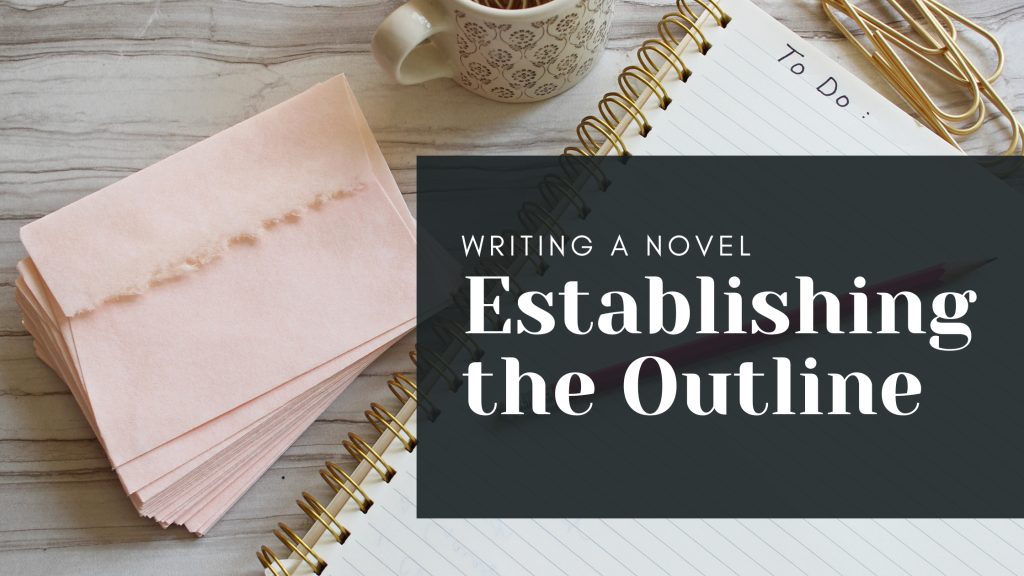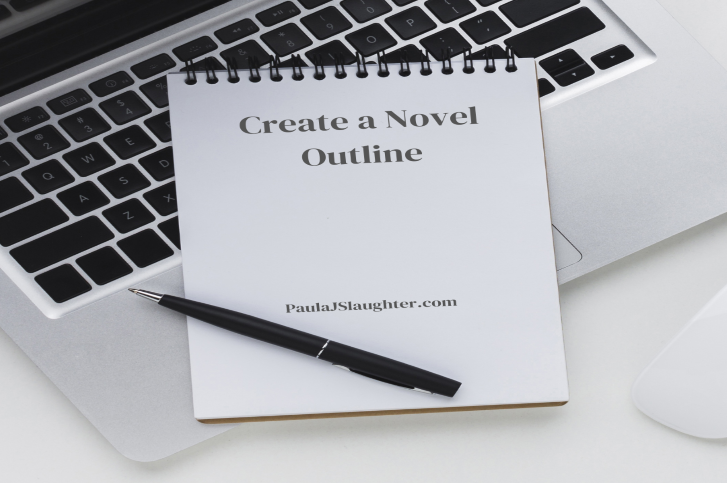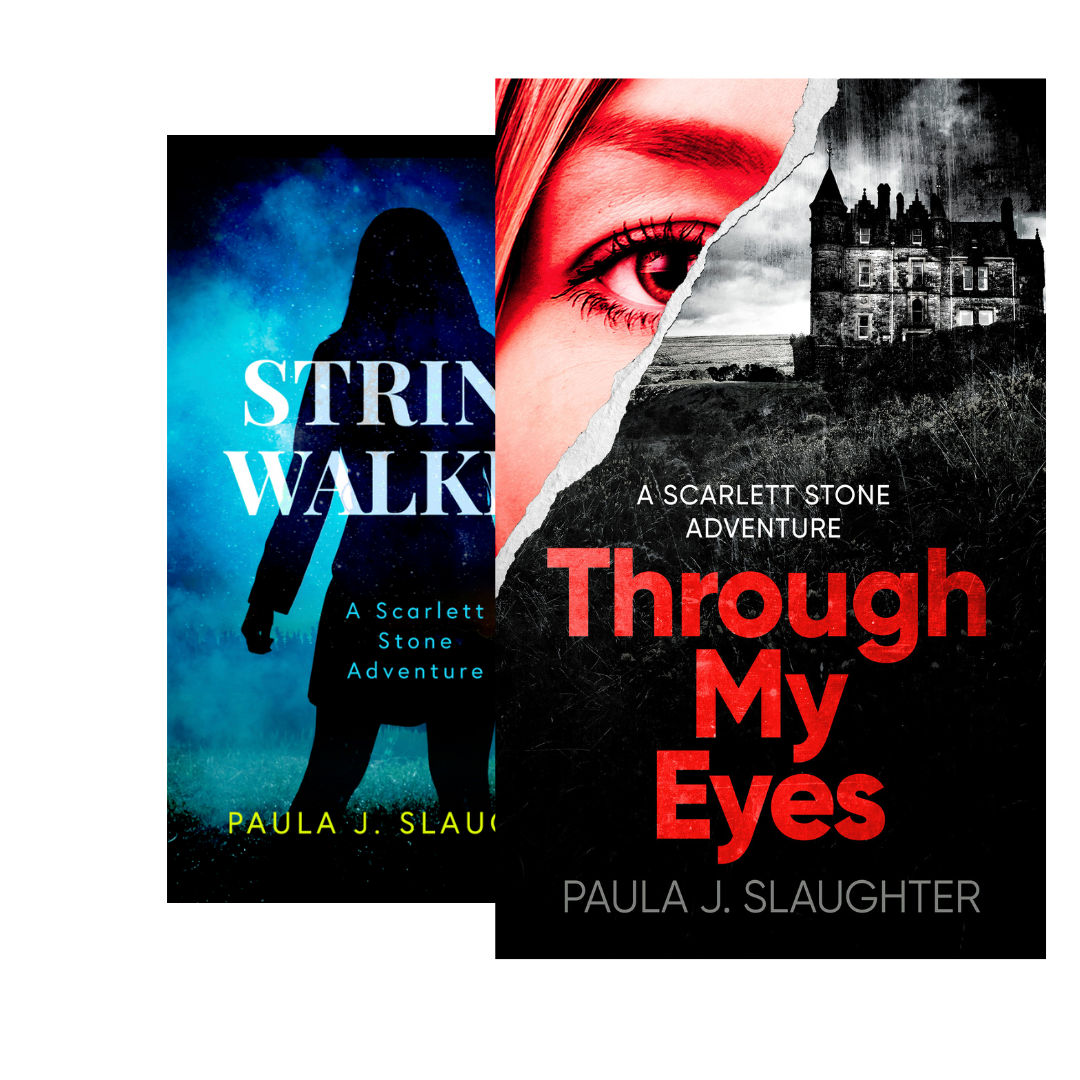After finishing the first draft of my novel String Walker, I set it aside for a few weeks to clear my mind. When I went back to read it, I noticed that it lacked a straightforward plot or explanation for why the protagonist did what she did. The timeline needed to be corrected. Readers would find it difficult to follow.
So I went back and sketched out an outline. Something my gut told me to do from the start, but I had read that doing so would stifle my creativity. However, not having a strategy, a roadmap, just didn’t work for me.
My outline was extremely helpful. It put everything in order. My readers are able to read without wondering how or why something happened. Without an outline, I discovered that many of the book’s details remained in my head rather than on paper. Or in some cases, my ideas were repeated several times, which would bore or frustrate any reader.
A novel outline is a blueprint of your story. It will contain important planning information about your novel’s structure, plot, characters, scenes, and more. It is the skeleton of your book and a place you will go back to when you get off-track writing.
I’m not here to say you must have an outline, just that it was beneficial for me.
Some writers are comfortable creating a detailed outline for a novel. New writers, in particular, find it helpful to have a road map. Others feel that writing an outline diminishes the pleasure of discovering the story along the way. They argue that working from an outline means you’re not creating anymore; you’re translating your ideas.
In the literary world, novelists who use outlines are called “plotters.” Those who don’t are known as “pantsers,” which refers to flying by the seat of their pants. Stephen King, for instance, is a pantsers. And J.K. Rowling, author of Harry Potter, is in the plotting camp.
While every writer is different, there are some general pros and cons to consider before creating your novel outline.
The benefits of creating an outline:
- Helps visualize the big picture
- Keeps the story on track
- Logs which scenes go where
- Clearly presents character arcs
- Acts as a guide to ease writer’s block when you’re stuck
- Clarifies the middle to avoid the “muddle”
The drawbacks of creating an outline:
- Can create a stilted narrative
- If followed too closely, it can feel formulaic
- May lead to more showing rather than telling in the actual writing
Characters may seem to make inauthentic choices solely based on plot points instead of natural results from narrative action.
Both plotters and pantsers agree on one thing: there is no correct way for novel writing. Instead, it depends on what kind of writer you are and what works for you.

What Type Of Outline Is Best For You?
An outline can range from a one-page written document to a detailed visual mindmap that employs diagrams to represent the relationship between information and ideas. If you have the space, you can write your sentences on index cards and post them on a wall to make it easier to view and manipulate the parts. If you use this method, each event should be a single, short sentence (e.g., Sammy gets stabbed in the leg, or the tornado hits without warning). Below is a mindmap link of Little Red Riding Hood.
The 3 Basic Questions Every Outline Should Answer
Besides listing characters and plot points, for story structure, your outline should give you a general sense of the direction of your story as well as the primary conflicts and tensions that will make it intriguing for readers. Keep the following questions in mind while creating your outline:
- What is the main contract of the story? You must resolve the promises you made to your reader by the novel’s end.
- What sort of time pressure is working on your characters?
- What is at stake for the protagonist of the novel? Does the pressure on the main characters grow more intense as the story progresses?
How to Create a Novel Outline
This is not your high-school outline so throw away any preconceived notions.
Now that you know what needs to go into an outline, grab your notebook, sticky notes or your index cards and follow these simple steps:
Craft Your Premise
This is the underlying idea for your story. To do that, answer the following questions.
- Who is the main protagonist?
- What is the situation?
- How will the protagonist change from the beginning of the novel to the end?
- What is her/her objective?
- What do they want?
- How do they get or not get what they want?
- Is an opposing force stopping the protagonist from achieving this objective?
- What is the central conflict of the novel?
- What about the central theme—what are you trying to say?
Once you’ve found the answers to these questions, write a one-paragraph summary of the novel.
Construct Your Plot
You already have your novel’s setting and characters well-defined. Now it’s time to construct your plot. You will need a timeline of events. Write down everything that happens in the novel, from the beginning to the end. Include details where you can, such as where the event takes place and who is involved. This can be done chapter by chapter, in bullet points, mindmap, or in the form of an essay. (I love options)
This is the outline that I used to create my book.
- Introduction – This would be an opening paragraph or two that sucks readers into the world of your story. The hero’s everyday life is established.
- Set-up – Establishing the ‘ordinary world’ of your protagonist. What do they want? What is he missing out on?
- Theme – During the setup, hint at what your story is about — the truth that your protagonist will discover by the end.
- The call of adventure – The inciting incident!
- Refusal of the call – The hero refuses the call to adventure. They try to avoid conflict before they are forced into action.
- Meeting the Mentor – Our hero encounters someone who prepares them for what lies ahead — perhaps a parental figure, a teacher, a wizard, or a wise hermit.
- Crossing the first Threshold – The protagonist makes an active choice, and the journey begins in earnest.
- Tests, Allies, Enemies. Our protagonist faces new challenges — and maybe picks up some new friends.
- A subplot kicks in. Often romantic, the protagonist’s subplot should serve to highlight the theme.
- Approach to the Inmost Cave. The hero gets close to their goal. Often called the ‘fun and games’ stage, this is a highly entertaining section where the writer delivers the goods. If you promised an exciting detective story, we’d see the detective in action. If you promised a goofy tale of people falling in love, let’s go on charmingly awkward dates.
- Midpoint A plot twist occurs that ups the stakes and makes the hero’s goal harder to achieve — or makes them focus on a new, more important purpose.
- Bad Guys Close In. The tension ratchets up. The hero’s obstacles become greater, their plan falls apart, and they are on the back foot.
- All is Lost The hero hits rock bottom. He loses everything he’s gained, and things look bleak. The hero is overpowered by the villain; (a mentor dies; our lovebirds have an argument and break up).
- Dark Night of the Soul. Having just lost everything, the hero shambles around the city in a minor-key musical montage before discovering some “new information” that reveals exactly what they need to do to take another crack at success. This information may be connected to #3(The Theme)
- Break into Three. Armed with this new information, our protagonist decides to try once more!
- Finale. The hero confronts the antagonist or whatever the source of the primary conflict is. The truth that eluded him at the start of the story (established in step three a ) is now clear, allowing him to resolve their story.
- Final Image. Having triumphed, our protagonist returns to their old life. A final moment or scene that crystallizes how the character has changed. It’s a reflection, in some way, of the opening image.
The outline can be short ( a sentence or two) or as long as you want.
I’m a stickler for to-do lists which is nothing but a short outline of what needs to be done. So, if you like ‘to-do’ lists, you should be okay with the outline section. For those who don’t feel the need to outline, take a break and have a Kit-Kat.
So what are you waiting for? Get to it! Since this assignment can be overwhelming, we’ll take some time off to catch up and celebrate Thanksgiving.
I’ll see you back here on December 16th with your next step.
Remember to subscribe for updates. There will be a contest coming soon, and you won’t want to miss it.
Happy Thanksgiving!


